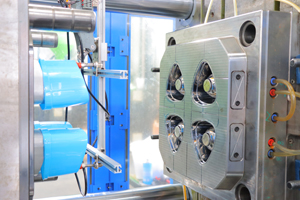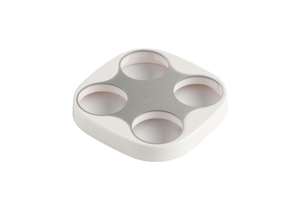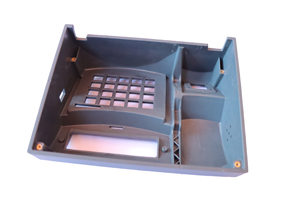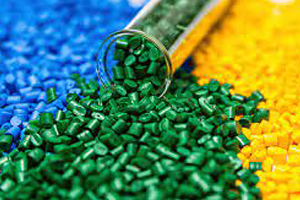The construction industry is constantly evolving, with new technologies and methods transforming the way buildings are designed and constructed. Industrial injection molding is one such technique that has made a significant impact on the development of building materials. In this blog, we will explore the role of industrial injection molding in revolutionizing building materials, including its advancements, benefits, and promising future.
Introduction to Industrial Injection Molding
Industrial injection molding is a manufacturing process that involves injecting molten material into a mold cavity under high pressure. This technique is widely used in various sectors, including automotive, consumer goods, and most importantly, building materials. It provides a cost-effective and efficient way to produce complex and customized components for construction projects.
Advancements in Industrial Injection Molding
In recent years, industrial injection molding has seen significant advancements, thanks to technological breakthroughs. The introduction of computer numerical control (CNC) machines and automation has improved precision, speed, and consistency in the production process. This accuracy and repeatability are crucial in ensuring high-quality building materials.
Furthermore, the use of digital modeling and simulations has allowed manufacturers to optimize designs, reduce waste, and improve overall efficiency. With the ability to create detailed 3D models, engineers and architects can now visualize and test the behavior of injection-molded building materials before they are produced on a large scale or incorporated into the construction process.
Benefits of Industrial Injection Molding in Building Materials
Industrial injection molding offers several advantages when it comes to building materials. Firstly, it allows for the production of complex geometries that are difficult or impossible to achieve with traditional manufacturing techniques. This opens up new design possibilities, facilitating innovative architecture and building projects.
Secondly, industrial injection molding enables the use of lightweight and durable materials, such as reinforced plastics or composite materials, which offer excellent strength-to-weight ratios. These materials provide enhanced structural integrity while reducing the overall weight of the building components, leading to cost savings and easier installation.
Additionally, industrial injection molding allows for high production rates, ensuring a steady supply of building materials, even for large-scale projects. With shorter lead times and reduced manufacturing costs, builders and developers can complete projects more efficiently, meeting tight deadlines and budget constraints.
Future of Industrial Injection Molding in Building Materials
The future of industrial injection molding in building materials looks promising. As sustainability becomes a key focus in the construction industry, materials that are eco-friendly and easy to recycle are gaining traction. Injection-molded components can be produced using recycled or bio-based materials, reducing environmental impact and promoting circularity.
Moreover, the advancements in industrial injection molding technology are likely to continue, with further improvements in material properties, precision, and automation. This will enable the production of building materials with even higher performance and intricate designs.
In conclusion, industrial injection molding has revolutionized the production of building materials. Its advancements in technology, coupled with numerous benefits such as complex geometries, lightweight durability, and high production rates, have transformed the construction industry. As we look towards the future, industrial injection molding will continue to play a crucial role in creating sustainable and innovative building materials, paving the way for a more efficient and environmentally friendly construction sector.










